READY TO GET STARTED?
REQUEST A FREE ESTIMATE
Fill out the form below or call (888) 466-7849 for a free, no-obligation estimate.
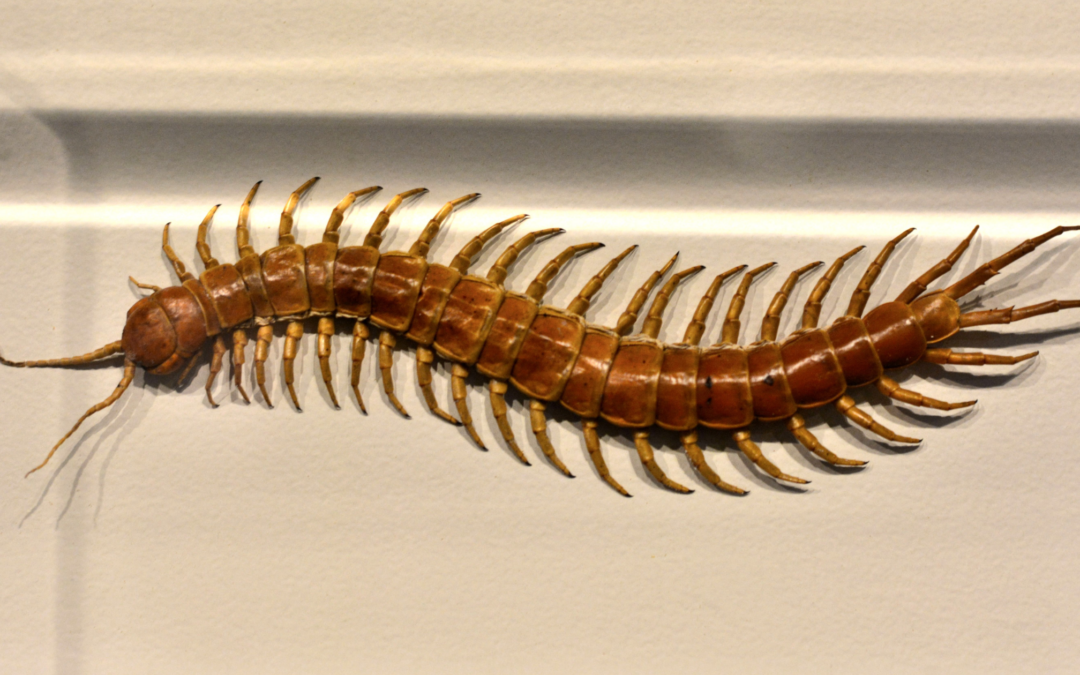
Centipedes, with their numerous legs and speedy movements, are not exactly a welcome sight in any home. As common household pests, centipedes can be a nuisance, but understanding what attracts centipedes to your home is the first step towards effective pest control. In this blog post, we’ll delve into the basics of centipedes, how they find their way indoors, signs of infestation, and crucial tips for prevention and elimination.
Centipedes are arthropods belonging to the class Chilopoda. Despite their name, centipedes do not have a hundred legs; the number varies depending on the species but typically ranges from 15 to 177 pairs. Known for their long, segmented bodies and swift movements, centipedes are carnivorous, preying on insects and spiders.
Centipedes are attracted to homes for several reasons. Understanding these factors can help you take proactive steps to keep them at bay.
Identifying a centipede infestation early is crucial for effective pest control. Look out for the following signs:
Don’t let centipedes take over your home. Take proactive steps and ensure a pest-free living environment. Our expert pest control team in Georgia is ready to assist you. Request a free pest control quote today and enjoy the peace of mind that comes with a centipede-free home.
Remember, early detection and preventive measures are crucial in keeping centipedes and other household pests at bay. With the right approach, you can enjoy a comfortable and pest-free living space in Georgia.

With the holidays nearing, now is the perfect time to ensure you don’t have pantry pests in your Tennessee home. Pantry pests are insects that like to invade your stored food products, often laying their eggs to reproduce and causing a full blow infestation. Let’s go over common pantry pests you can find in your home and how you can further prevent them.
The Indian meal moth is known for feeding on several types of food found in our pantry, including dried fruits and vegetables, grains, seeds, nuts, candies, and pet food. You can identify these pests by their two-toned wing pattern with a tan to copper oval-shaped body. These pests are highly attracted to light and anywhere they can find food.
This pantry pest has a dark brown body, six legs, and six saw-like teeth on each side of their bodies. Their narrow oval body shape allows them to crawl inside of packaging to eat, live, and reproduce. They prefer to feed on cereals, cake mixes, macaroni, and cookies, even though their names suggest they like grain!
If you suspect pantry pests have invaded your pantry, give your local Tennessee pest control company a call for a customized pest control plan and a free inspection!
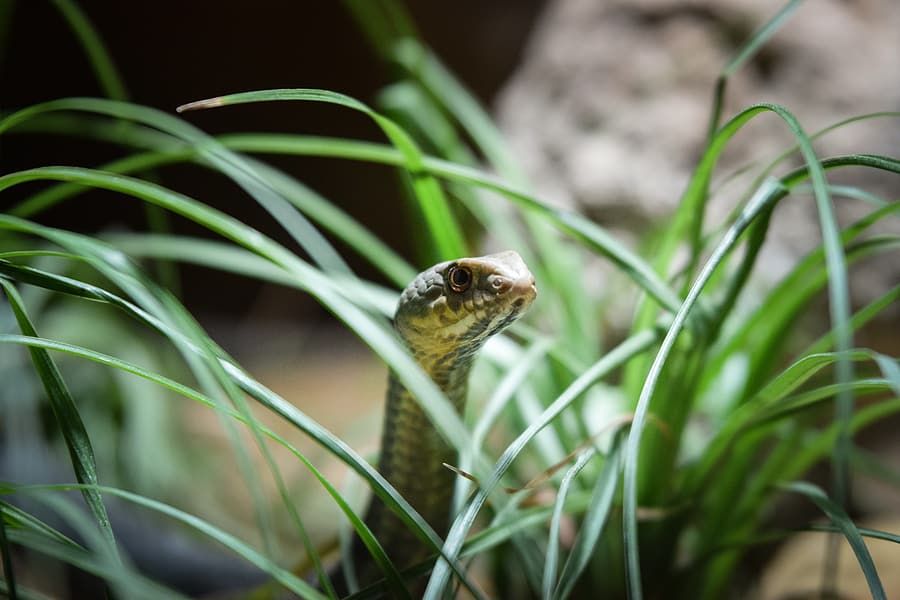
Georgia’s diverse wildlife and lush greenery make it a picturesque place to live, but it also attracts various critters, including snakes. While many snakes in Georgia are non-venomous and beneficial, encountering them in your yard can be unnerving. To ensure your family’s safety and peace of mind, we’ll explore natural ways to keep snakes away using common snake repellent plants, discuss common snakes found in Georgia, and provide tips for prevention and snake removal.
Before we dive into snake-repelling plants, let’s get familiar with some of the common snakes you might encounter in Georgia:
Now, let’s explore some natural methods to keep these serpents at bay.
Aside from using snake-repellent plants, here are some additional tips to prevent and eliminate snakes from your yard:
Living in Georgia’s beautiful landscape also means sharing your space with wildlife, including snakes. By using snake-repelling plants, maintaining your yard, and taking steps to prevent snake encounters, you can enjoy the natural beauty of Georgia while keeping slithery intruders at bay. If you need help with pest control, request a free quote from a trusted pest control company to ensure a snake-free environment for your family.
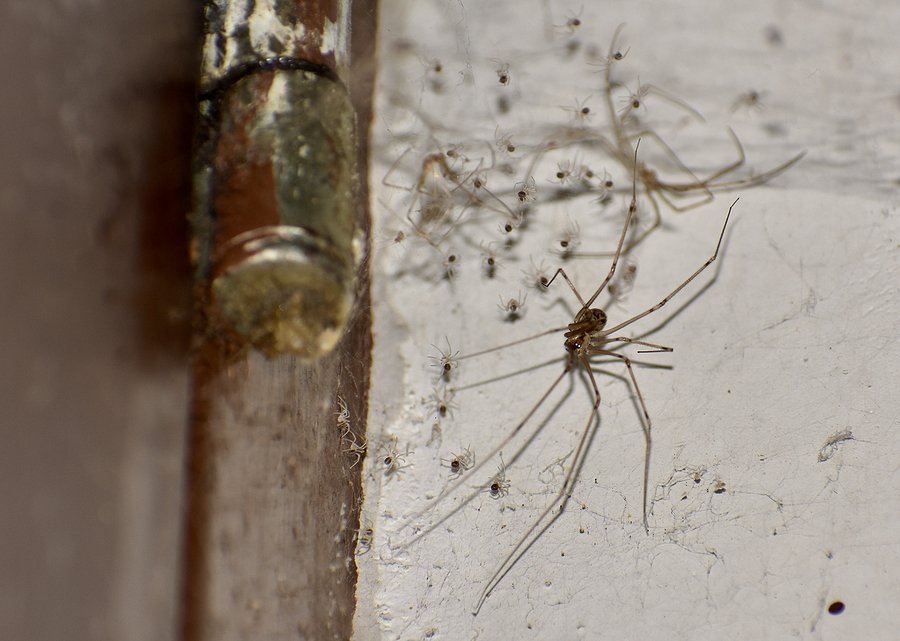
As the leaves begin to change and the air turns crisp, we welcome the beauty of autumn. However, with the arrival of fall, we also welcome a different kind of guest into our homes – spiders. While most spiders prefer to stay outdoors, some decide to seek shelter indoors during the cooler months. Two common culprits are daddy long legs and cellar spiders. In this post, we’ll help you identify and distinguish between these two fall pests, understand their habits, and offer tips on how to keep them at bay.
Daddy long legs and cellar spiders have their similarities but are not the same species. Here are some key differences and similarities between the two:
Both daddy long legs and cellar spiders are frequently found in similar environments, including:
The good news is that both daddy long legs and cellar spiders are harmless to humans. They don’t pose any significant health risks or property damage. In fact, they can be seen as allies in your pest control efforts as they help control populations of other insects in your home.
To prevent and manage daddy long legs and cellar spiders in your home, follow these steps:
If you’re dealing with a fall pest problem in your home, don’t hesitate to request a free pest control quote from our experts. We specialize in handling all sorts of household pests, including spiders, and can provide you with the solutions you need for a pest-free autumn.
Don’t let daddy long legs and cellar spiders take over your living space this fall. With the right knowledge and actions, you can enjoy the beauty of the season without these uninvited guests. Contact your local pest control company today for your free pest control quote and keep your home spider-free all season long.
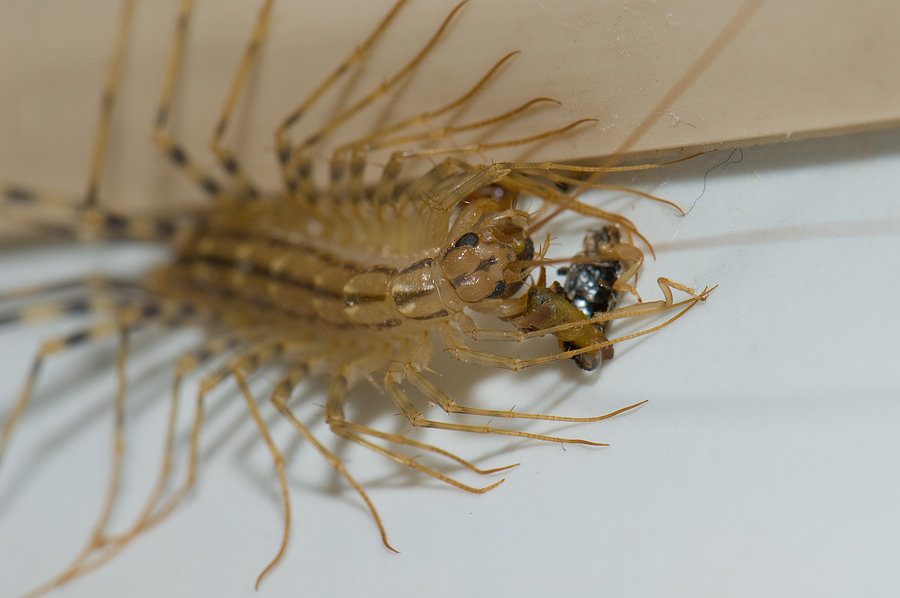
As the fall season approaches in Georgia, homeowners may find themselves facing a variety of household pests, including the unsettling presence of house centipedes. These long-legged creatures can be quite a nuisance, but fear not – in this blog post, we’ll delve into what you need to know about house centipedes in Georgia, from identification and their common hiding spots to whether they pose a threat to humans. We’ll also provide practical tips on how to prevent or get rid of them with the help of professional pest control services.
House centipedes are easily recognizable by their unique appearance. They have long, slender bodies that can range from 1 to 1.5 inches in length and are covered in numerous pairs of legs. Despite their name, they typically have 15 pairs of legs, giving them a creepy-crawly appearance.
House centipedes thrive in damp, dark environments, making your home an attractive habitat. You may encounter them in areas such as basements, crawlspaces, bathrooms, and even kitchens. They are agile hunters, preying on other insects like cockroaches, spiders, and silverfish, which is why they are often found in proximity to their prey.
The good news is that these centipedes are generally not harmful to humans. They are not known to transmit diseases or bite humans unless they feel threatened. However, their presence can be unsettling, and their appearance can cause anxiety for some homeowners. If you’d rather not share your space with these creatures, there are ways to keep them at bay.
While house centipedes in Georgia may seem unsettling, they are generally harmless to humans. However, their presence can be a sign of underlying pest issues in your home. To ensure a pest-free environment and peace of mind, it’s wise to consult a pest control expert.
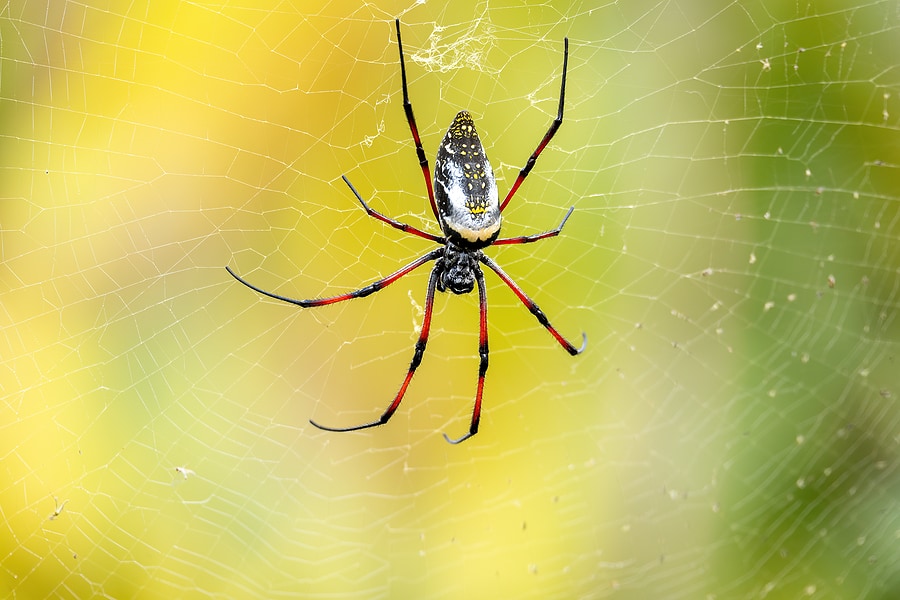
As the fall season settles in, many homeowners in Georgia are gearing up for the seasonal battle against fall pests. Among the various critters that make their way into our homes and gardens, orb weaver spiders are a common sight. While these eight-legged arachnids may appear intimidating, understanding their characteristics and behaviors is essential to maintaining a pest-free environment.
Orb weavers belong to the Araneidae family and are known for their distinctive circular webs, which they expertly spin to trap flying insects. These spiders come in various colors, shapes, and sizes, but they all share some common features:
Orb weaver spiders are outdoor creatures, and you’ll most commonly encounter them in the following places:
Before rushing to eliminate orb weaver spiders from your property, it’s essential to consider both the advantages and disadvantages they bring.
If you wish to minimize orb weaver spider presence around your home, here are some practical tips:
Don’t let orb weaver spiders and other fall pests disrupt your peace of mind this season. Take proactive steps to manage and prevent their presence by reaching out to our expert pest control team. Request a free pest control quote today and ensure a pest-free environment for you and your family.
In conclusion, while orb weaver spiders can be beneficial for natural pest control, they may also pose challenges for homeowners. Balancing their advantages and disadvantages and taking preventative measures can help you enjoy a pest-free home during the fall season.
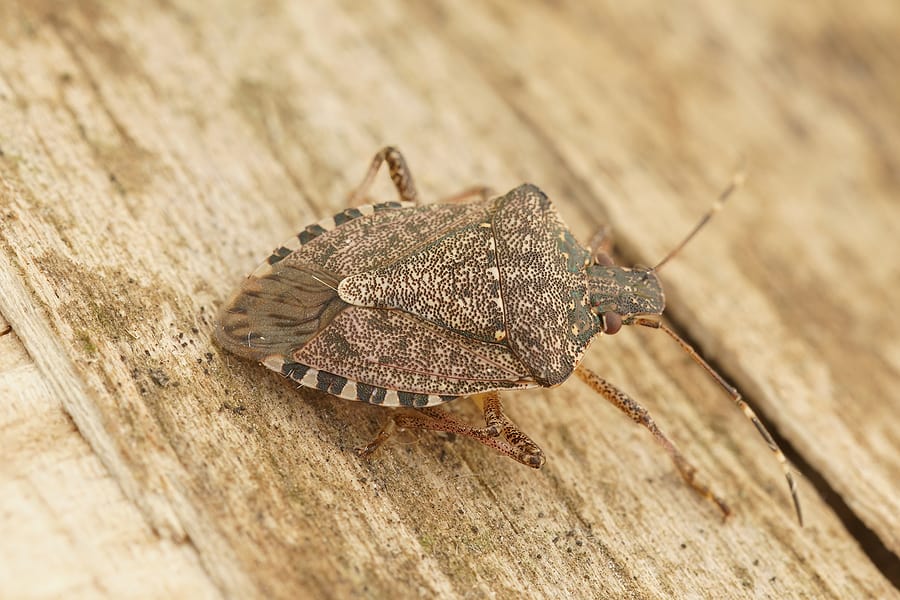
As the leaves change color and the temperature begins to drop, many people in Georgia eagerly await the arrival of fall. However, along with the beauty of this season comes a new set of challenges for homeowners – the invasion of fall pests. These household pests are often seeking shelter and warmth as they prepare to overwinter, making your cozy home an inviting destination. In this blog post, we’ll explore some common fall pests in Georgia and provide valuable tips on how to prevent their intrusion.
While fall brings cooler weather and beautiful landscapes to Georgia, it also heralds the arrival of these common fall pests. Preventing these pests from entering your home is crucial to maintaining a pest-free environment. Don’t let these overwintering pests ruin your autumn. Contact your local pest control company today for a free pest control quote to help protect your home and family.
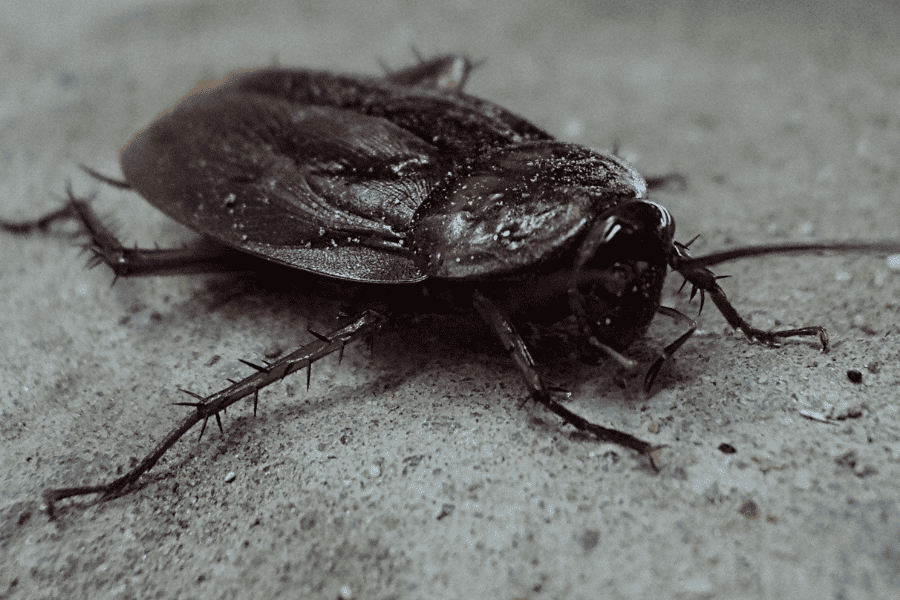
Smokybrown cockroaches are commonly found in the southeastern United States, from central Texas eastward to Florida and as far north as North Carolina. They prefer living in areas that are warm and have high humidity, preferring wooded areas where they are often found under mulch or in tree holes.
The smokybrown cockroach is about 1.5 inches long and has a dark brown to black body. They have a distinctive mahogany color, which is why they are sometimes called mahogany cockroaches. They are also known for their ability to fly, which makes them more difficult to control than other types of cockroaches.
Typically found outdoors, these nocturnal creatures are most sighted in:
More signs of these roaches include roach droppings and egg cases. The smokybrown egg casing can appear dark brown to black in coloring.
Being attracted to interior lights, they can enter your home through openings in windows, doors, and other gaps. They can contaminate any surfaces they touch, spreading bacteria. Proteins found in these types of roaches may also trigger asthma or allergic reactions.
If you see an increase of roaches in your home be sure to reach out to your local pest control company for a customized pest control plan to keep your home pest-free!
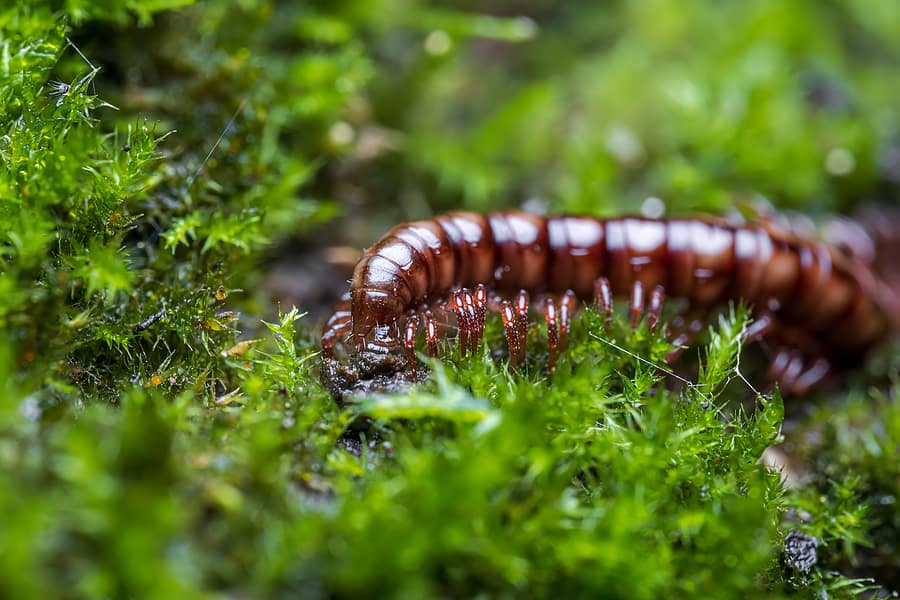
Centipedes are arthropods that will often make their way into your home. Although centipede means “100 legs,” not every centipede actually has that many. Most centipedes prefer dark, damp spaces and are commonly found outdoors under rocks, logs, or piles of leaves. Other species can be found in your home. Here are 5 of the most common type of centipedes you may come across in our area.
House centipedes are found throughout North America and even in Hawaii. They can grow to be 1-1/2″ long and have 15 pairs of legs. Their bodies are yellowish-gray in color with 3 stripes on their backs. They have long antennae. House centipedes are usually found in dark areas of your home, like the basement. They are usually harmless, but will bite you if they are handled. They are quite beneficial to have around as they will eat roaches, moths, termites, and other household pests.
The Eastern Red centipede is found across the East Coast. These centipedes grow to about 2-1/2″ long. Their bodies are red or orange in color with lighter orange legs. They like moisture and will burrow under wet leaves, logs, compost piles, and woodpiles. They are venomous with a very painful bite.
The Eastern Bark centipede can be found in the Eastern United States and Canada westward to the Rocky Mountains. They can grow up to 3″ long. These centipedes vary in color, ranging from solid orange-brown to dark brown. Some species also have an olive colored stripe on their back. Their heads are brownish-red and their antennae and legs are yellow. These centipedes are nocturnal and live under rocks and logs. They are venomous and will bite.
The diamondback soil centipede will grow up to 2″ in length. They have light brown bodies with dark brown diamonds on their backs. They are found throughout North America, typically in gardens rather than inside the home. They live under debris and will burrow into the soil. They don’t have eyes and don’t bite. They secrete a poisonous substance from the underside of their bodies in an attempt to ward off predators but they are not considered a threat to humans.
Brown centipedes originated in Europe (where they are quite common) but can now be found on the Eastern seaboard of the United States. They grow to about 1″ in length. They have brown bodies, long antennae, and long tails. They hunt at night and can often be found in dark areas of the home, such as the basement. They do have venomous fangs but they are so small that they do not pose any threat to humans. In fact, they are beneficial to have around because they eat other household pests.